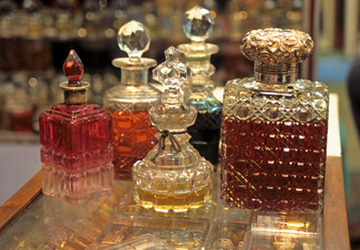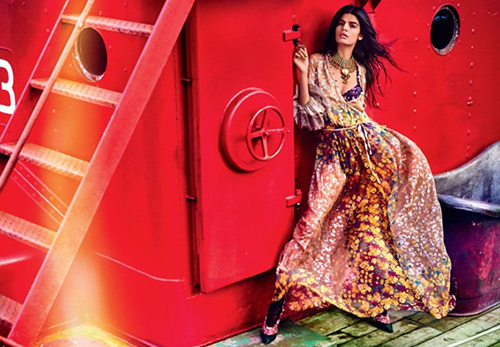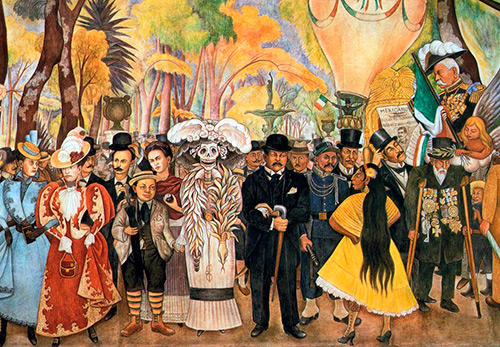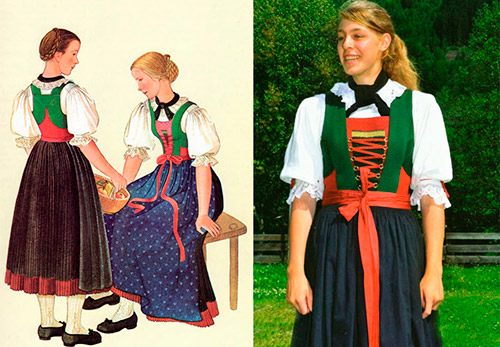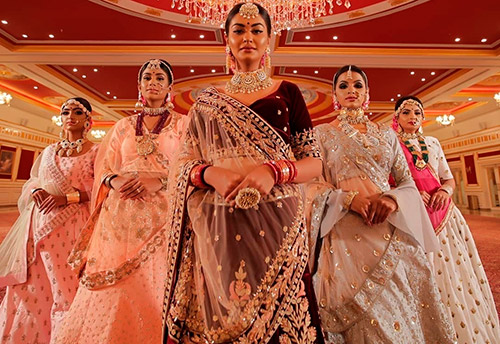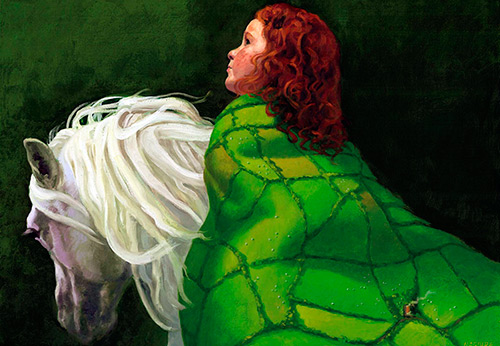Fashion history
National costume of India for women and men
Indian national clothes are very diverse and original, even in the 21st century, despite the influence of globalization, many people in India wear a national costume, especially on holidays and at various celebrations.
India is a country with a rich culture and long history. The novice traveler and explorer of the cultural heritage of India can easily "drown" in a variety of historical events, traditions, arts and religions of India.
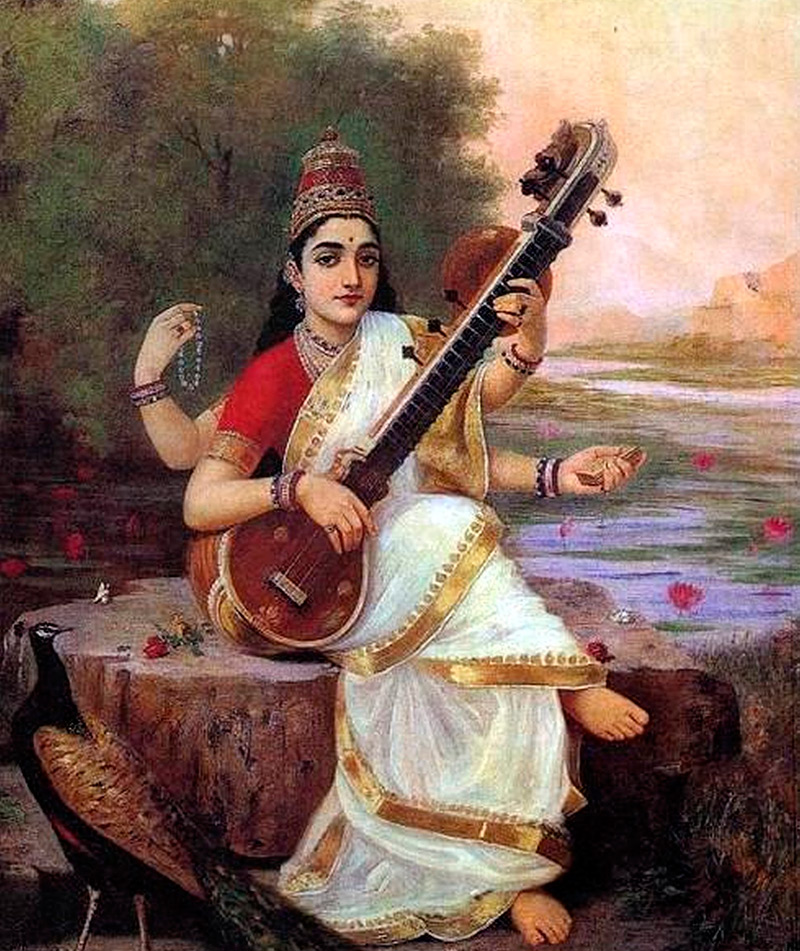
Goddess Saraswati - Goddess of Wisdom, Art and Beauty
Artist Raja Ravi Varma (1848 - 1906)
All illustrations below are also courtesy of this artist. Raja Ravi Varma combined European academic technique with subjects from Indian mythology in his painting.
India is a land of many cultures. Ancient, rich and undoubtedly bright. And the historical costume of India is also diverse.
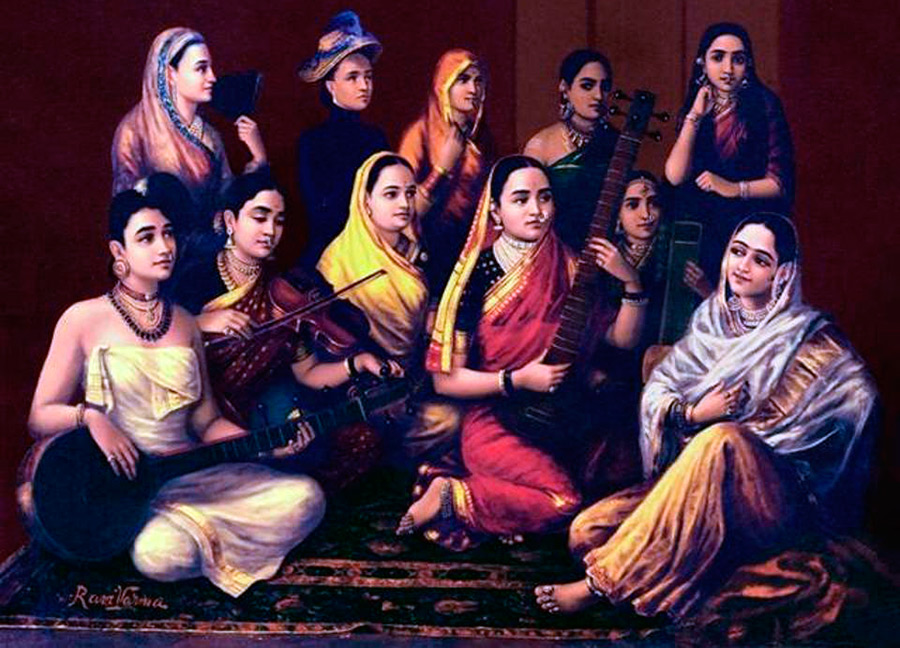
Musical instruments
The clothes of Indians may differ depending on the regions of India - in the North, West or South of India there were different traditions, including those that influenced the particulars of wearing clothes, as well as the decor of the costume and jewelry. The costume of India also differs depending on the religion. The traditional religion of India is Hinduism, in the north of India they live muslims, also in India one of the world religions originated - Buddhism.
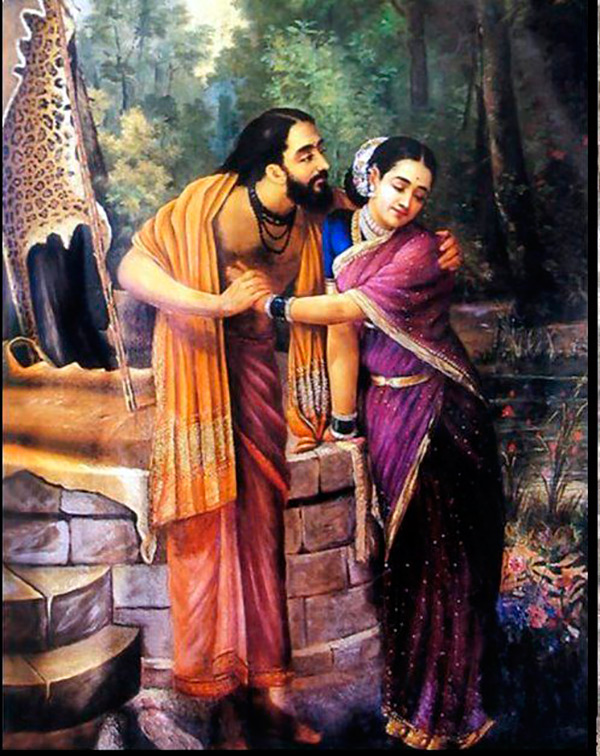
Arjuna and Subhadra - heroes of the ancient Indian epic "Mahabharata"
The imprint on clothing was also imposed by the strict division of society in India into varnas - brahmanas (priests), kshatriyas (warriors), vaisyas (farmers) and sudras (servants). The passage from one varna to another was prohibited, marriages were concluded only within the framework of their own varna. For example, brahmanas could wear gazelle skins and bamboo canes, while vaisyas wore goatskins and canes made from fig trees.
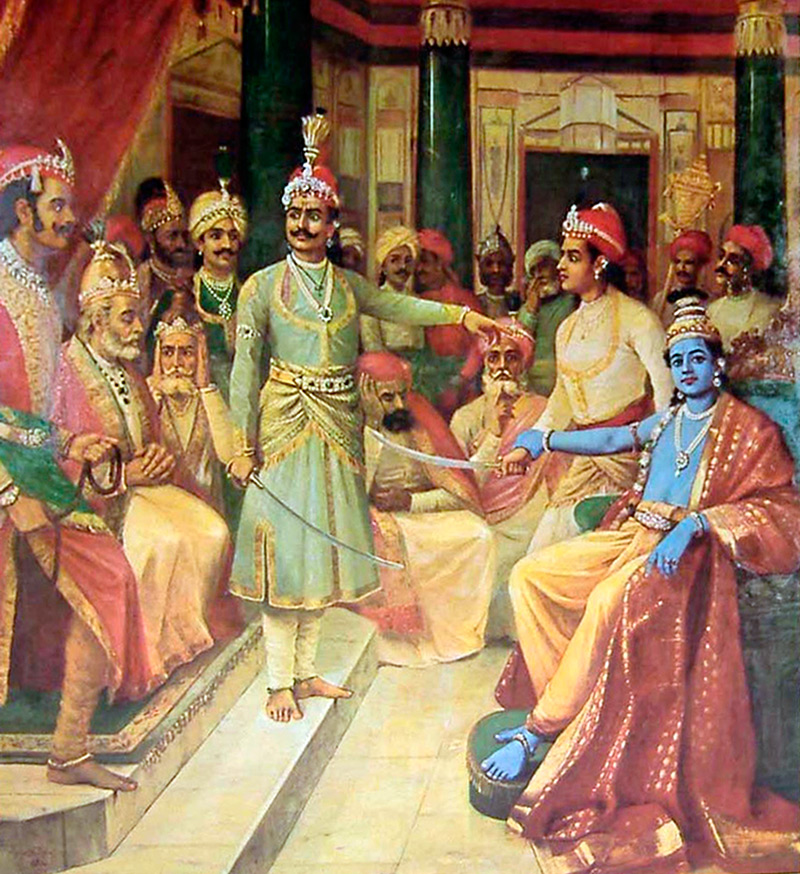
Sri Krishna as a messenger
The main fabric in ancient India was cotton. India became the birthplace of this fabric and has been selling cotton abroad since ancient times. First to Ancient Greece and Ancient Rome, then to Medieval Europe. V Medieval Europe believed that cotton is the wool of sheep that grow on trees in distant India.
In addition to cotton, the Indians were also familiar with linen and silk. After all, it was through India that the Great Silk Road passed from China to the West.
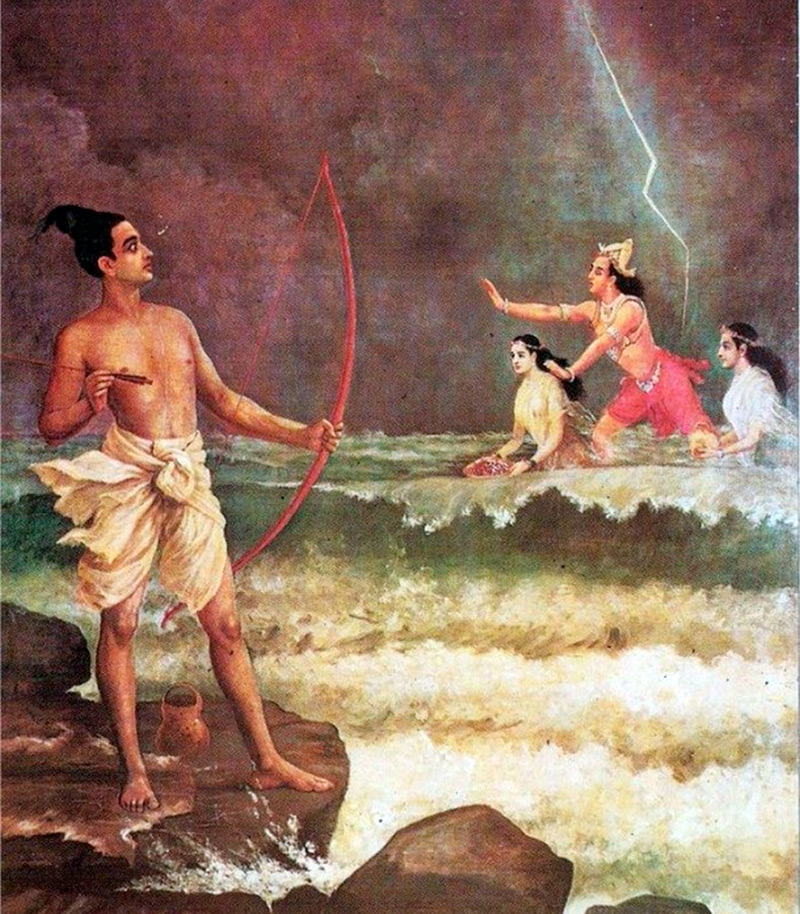
Sri Rama conquering the sea
National costume of India for men
The men of India have worn the dhoti loincloth as clothing since ancient times. Dhoti was made of plain or white fabric with ornaments on the sides. The length of such a rectangular loincloth ranged from 2 to 5 meters. Dhoti wrapped around the thighs, and one end of it passed between the legs. Outwardly, this clothing was somewhat reminiscent of wide skirt pants.
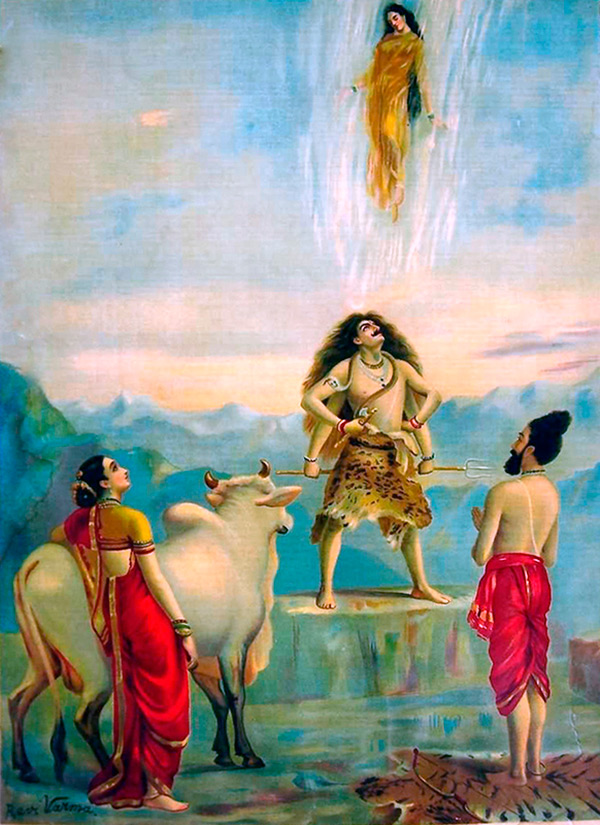
Descent of the Ganges
From above, the men wore long belted shirts, capes and cloaks. In ancient times, animal skins were thrown over the shoulders. Later, harem pants and caftans will appear in the men's suit. Caftans were necessarily belted.
Another type of traditional men's clothing in India is sarong (you can also find the names lungi, mundu). Sarong is a garment made of cotton fabric, somewhat reminiscent of a skirt. The sarong wrapped around the waist and was ankle-length. The sarong could also be worn by women, but in this case it would not be wrapped around the waist, but around the chest.
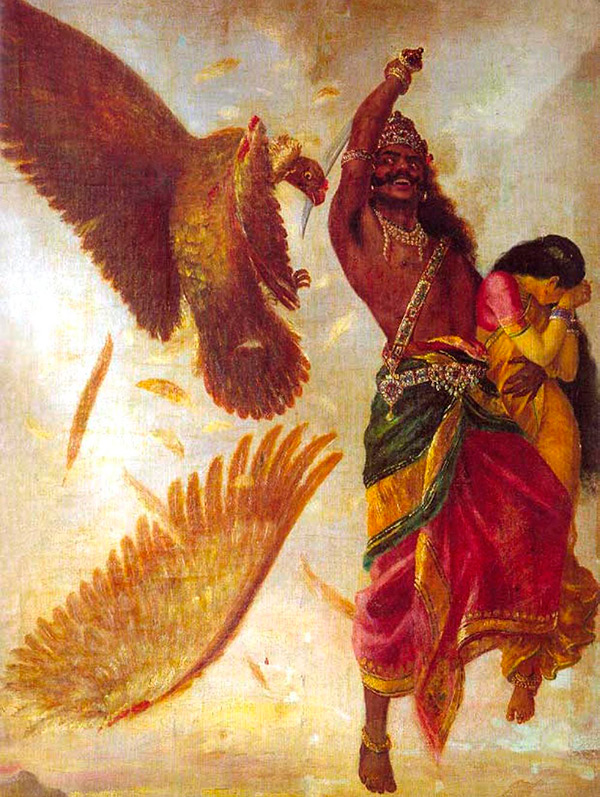
Jatayu Wadham
The men of India also wore a long shervani jacket - lined clothing made of dense fabric. Shervani as a type of Indian clothing appeared quite late - in the 18th century, when India was already dependent on England.
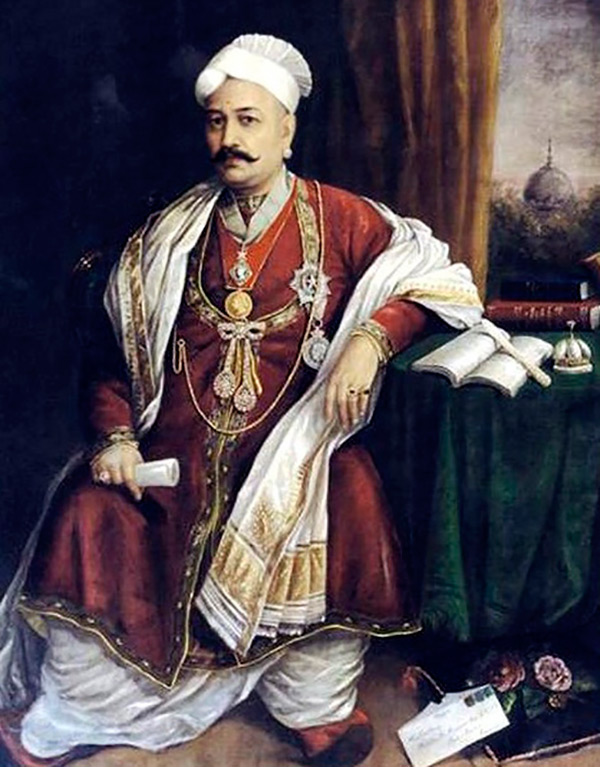
Mr Madhava Rao
Today sherwanis in India are most often worn by grooms for weddings. At the same time, churidar trousers are worn from the shervani - wide at the hips and tapering to the ankles.
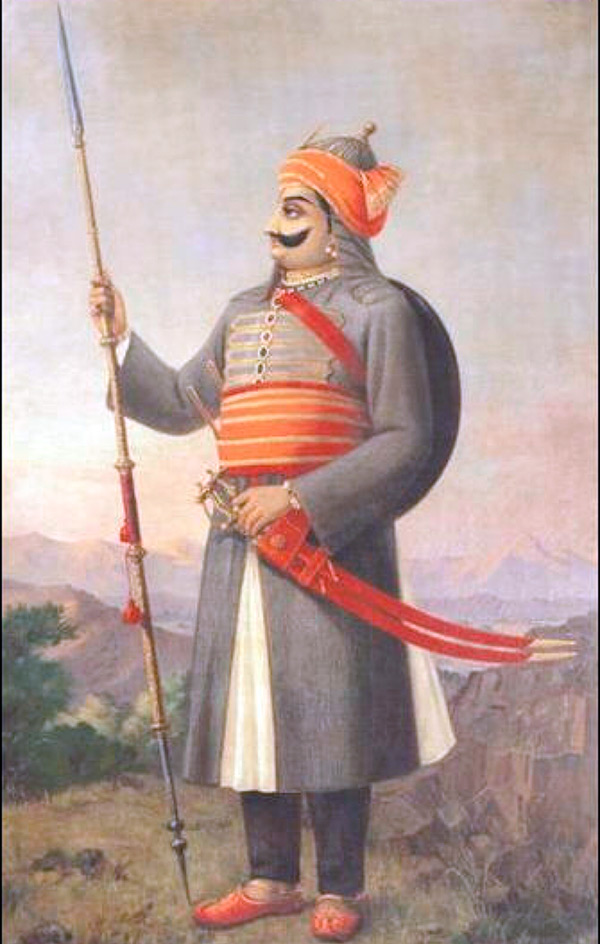
Maharana Pratam Singh
The traditional headdresses of the Indians were the turban and turban. A turban is a headpiece made from a piece of cloth that is repeatedly wrapped around the head and decorated with pearls and brooches. Turbans were most often made of expensive fabric. In India, turbans were soaked in water and thus protected the head from the heat.
Also in India, among the warriors, there is a tradition of wearing huge turbans. These turbans were twisted from dark blue fabric and were decorated with silvery insignia of Sikh warriors.
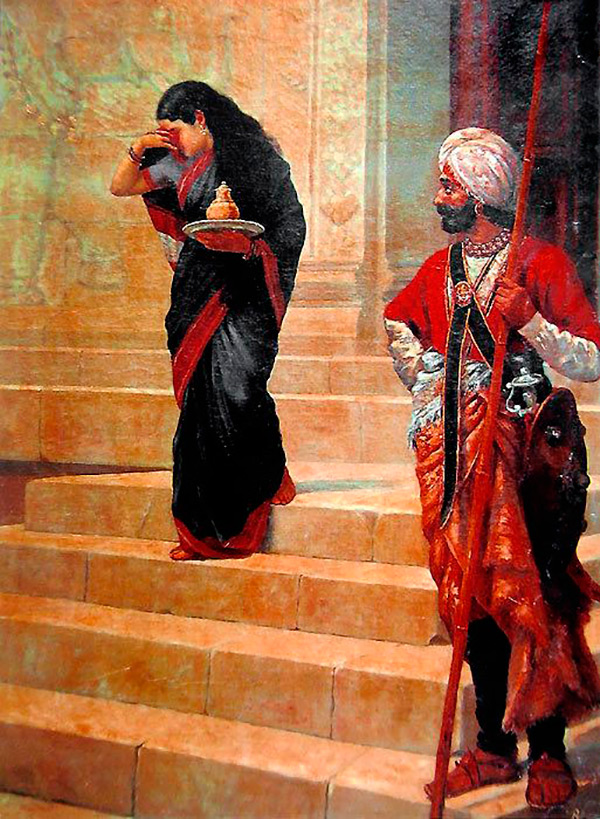
Sayrandhri
To this day, Indians wear turbans. Today a turban in India can also serve as a wedding headdress.
A turban is also a piece of cloth wrapped around the head. But unlike a turban, the turban is always small in size, as well as with an oblique lower edge.
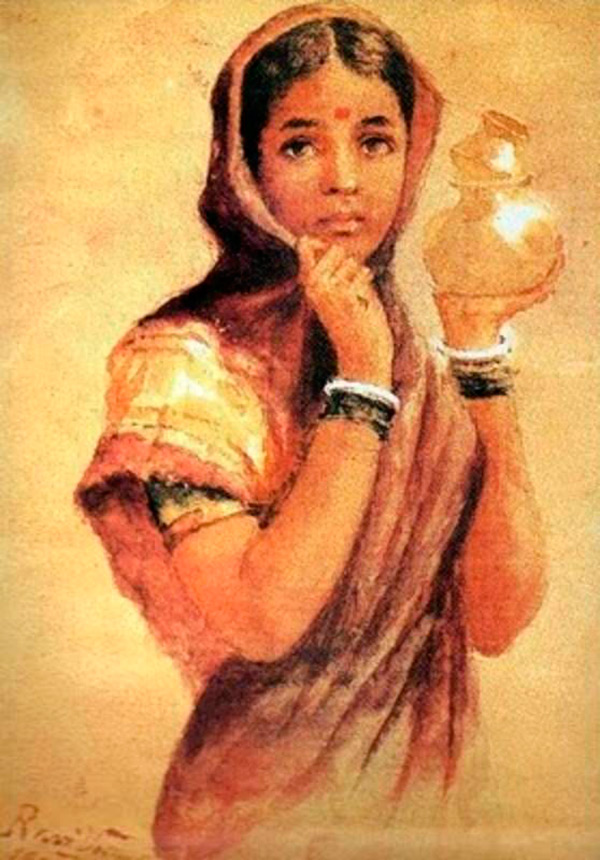
North indian girla
Women's national costume in India
With regard to national female costume India, the most common version of such a costume was the sari. And even today, Indian women prefer to wear saris over European clothing. The saree is also considered to be party wear.
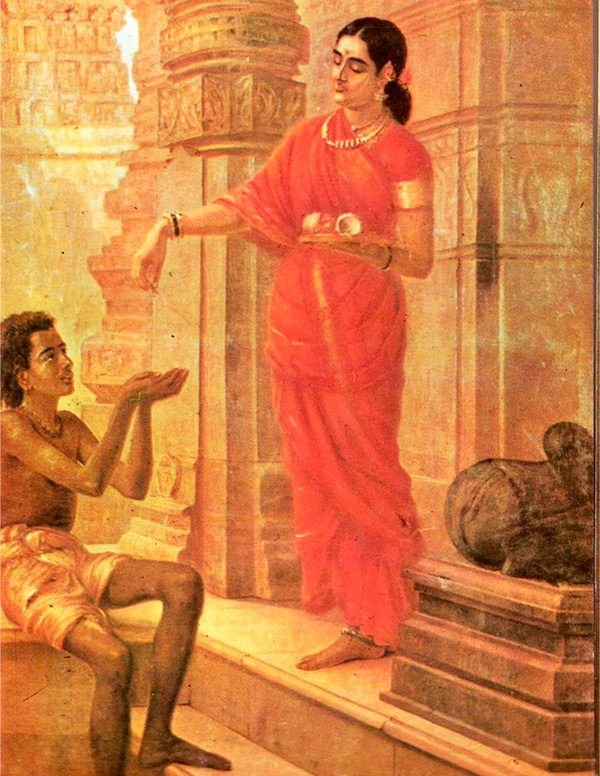
Begging woman
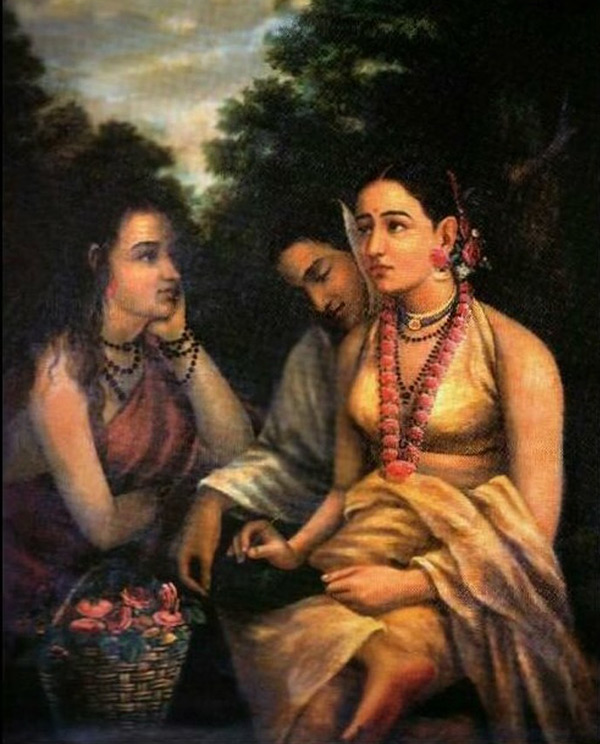
Shakuntala
A sari is a long piece of fabric, about eight meters long, which wrapped around the figure, with one end of the sari necessarily thrown over the shoulder.
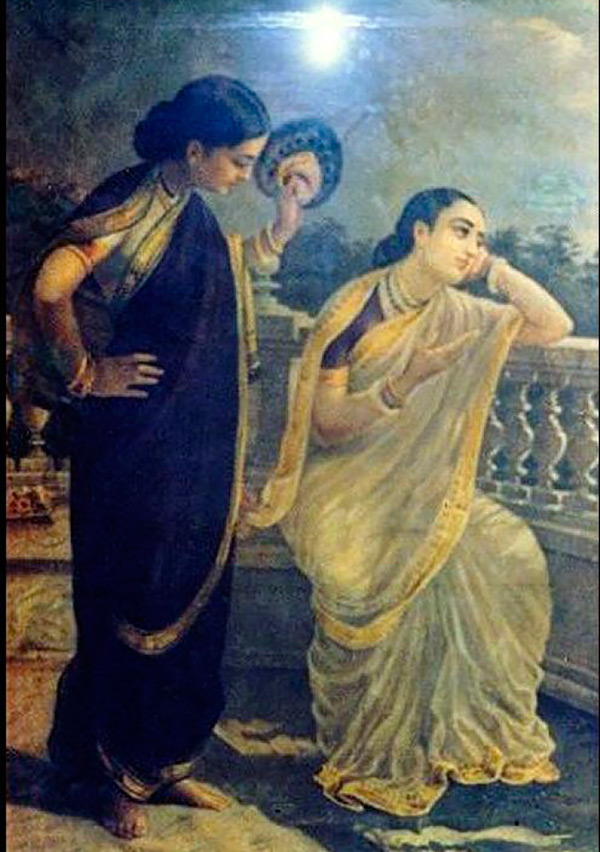
Women in the moonlight
Also, women in India could wear such clothes as lehenga-choli (gagra-choli, hagra-choli, chania-choli). Lehenga is a long pleated skirt. Choli is a short-sleeved blouse with a deep neckline and an open belly. Dupattu was worn with lehenga choli. Dupatta is a cape worn only by women of noble birth in traditional Indian dress. Today, lehenga-choli can be used as a wedding dress.
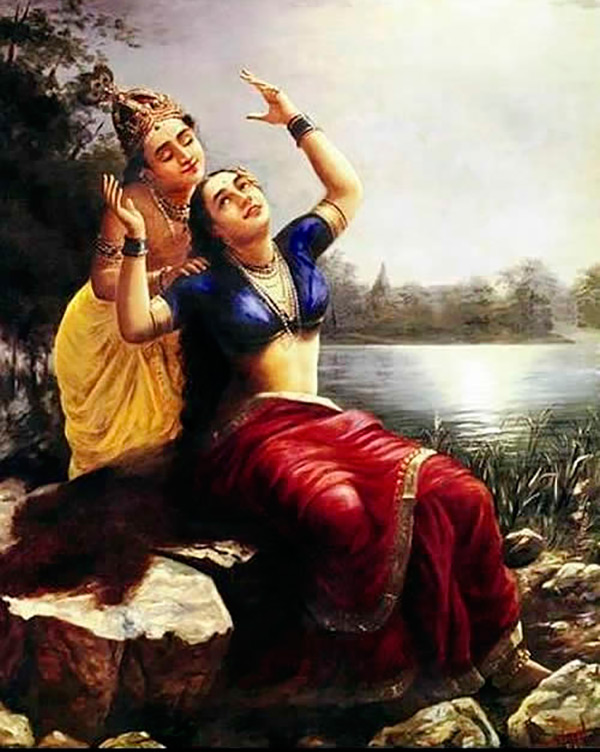
Radha and Madhava
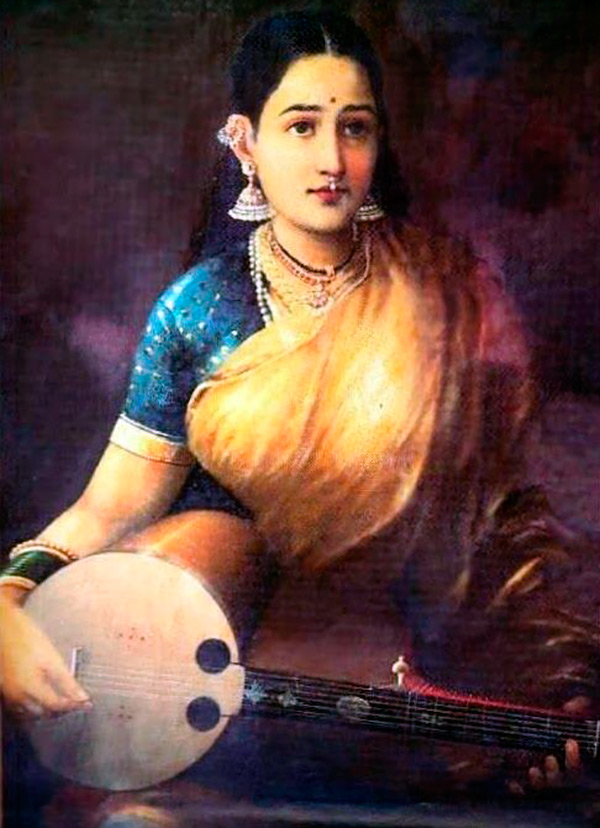
Tampura girl
Another version of the Indian woman's costume is salwar kameez (salvar kameez). These clothes are also worn in India today. Salwar are wide leg pants that taper towards the ankles. And kameez is an upper tunic that covers the body from shoulders to hips. A type of salvar-kamiz is a churidar-kamiz or a churidar-jacket. This kind of clothing is preferred in South India. Churidar - these are wide trousers on the hips, in which folds are gathered from the knees and then they are wrapped at the ankles. Churidar pants can be worn with a knee-length jacket.
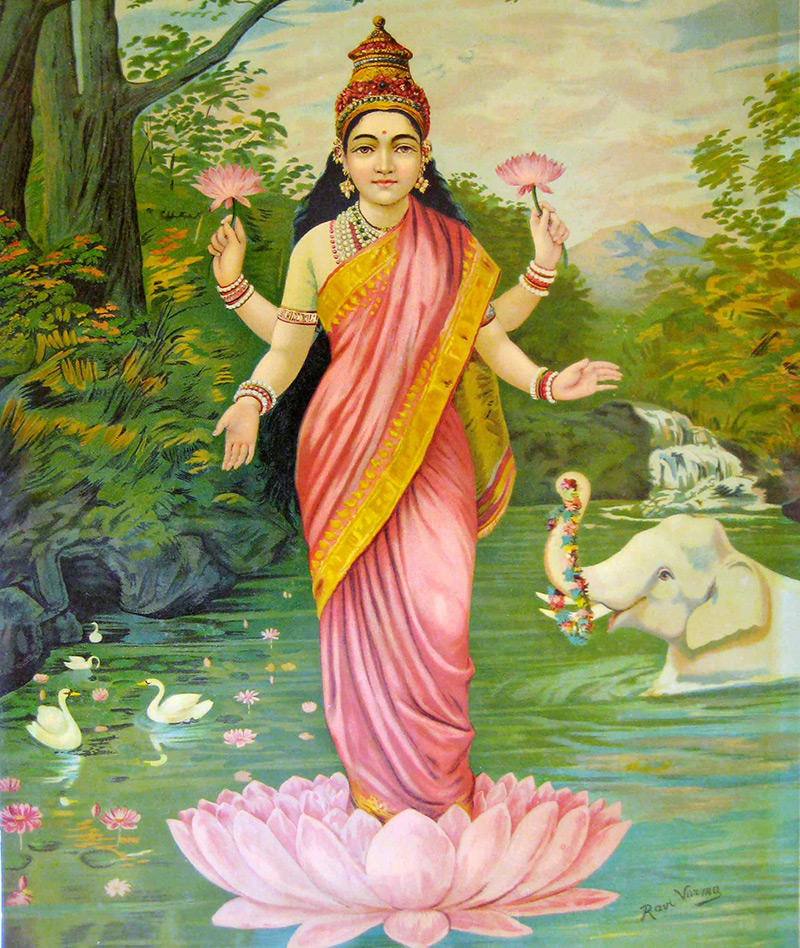
Lakshmi, goddess of abundance
Comments and Reviews
Add a comment
Rating news
Shades of clothing that make women look younger
What shades of hair make women younger: rules and photos
Funny wedding dresses - photos and ideas
12 most expensive down jackets for the winter
How to look 25 at 40: tips from supermodels
Beautiful schoolgirls
Anti-aging haircuts and hairstyles for women
Fashionable skirts for autumn and winter
Fashionable women's trousers for the cold season
Fashionable and stylish sandals for summer 2024
Spring-summer 2024
 Fashionable dresses and tops with thin spaghetti straps
Fashionable dresses and tops with thin spaghetti straps
 Bandana tops: how to wear stylishly and beautifully
Bandana tops: how to wear stylishly and beautifully
 How to put together the perfect men's wardrobe for the summer
How to put together the perfect men's wardrobe for the summer
 Fashionable shorts for spring-summer 2024
Fashionable shorts for spring-summer 2024
 Fashionable skirts for spring-summer 2024: a guide to online shopping
Fashionable skirts for spring-summer 2024: a guide to online shopping
 The most fashionable dresses spring-summer 2024: styles and colors
The most fashionable dresses spring-summer 2024: styles and colors
 Fashionable total look 2024: ideas of images and trends
Fashionable total look 2024: ideas of images and trends
